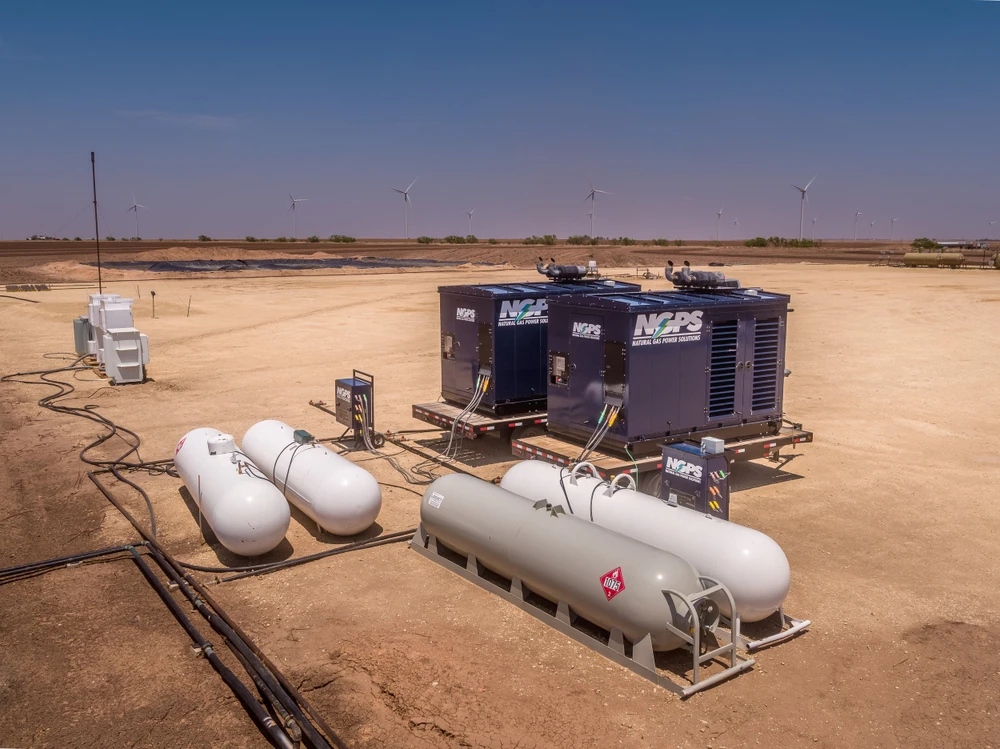
Electrification's Strategic Significance
The National Electricity Development Plan (Power Plan VIII) for the period 2021-2030, with a vision to 2045, emphasizes the pivotal role of gas thermal power sources. By 2030, these sources, including LNG thermal power accounting for 14.9%, are slated to contribute over 24% to the total capacity of the national power generation system. This strategic move aims to ensure a secure, stable, and safe power supply for the entire nation.
By 2030, domestic gas plants are anticipated to boast a total capacity of 14,930 MW, producing 73 billion kWh. The maximum capacity for LNG power sources is projected to reach 22,400 MW, generating 83.5 billion kWh. Looking towards 2050, domestic gas thermal power plants are expected to transition to using 7,900 MW (1.4-1.6%) of LNG, gradually shifting to running entirely on hydrogen (7,030 MW or 1.2-1.4%). The estimated electricity production capacity is set between 31.6-31.9 billion kWh. The gradual transition to hydrogen is envisioned as a key step in achieving carbon neutrality by 2050.
The commitment made at COP26 in November 2021 to achieve net-zero emissions by 2050 underscores the importance of exploring sustainable energy solutions. LNG, seen as a potential means to reduce greenhouse gas emissions, is expected to attract resources from both foreign and domestic investors. The plan is to develop LNG power sources before 2035, gradually transitioning to hydrogen as technology advances and costs become more favorable.
Resolution 55/NQ-BCT outlines Vietnam's National Energy Development Strategy to 2030, with a vision to 2045. This resolution emphasizes the rapid development of LNG thermal power and prioritizes the establishment of LNG import and distribution infrastructure. The aim is to increase the proportion of LNG thermal power in the national power structure, positioning LNG gas power as a leading force in Vietnam's energy landscape and meeting a significant portion of the expected capacity by 2030.
In the face of power shortages and climate change challenges, the emphasis on gas thermal power, particularly LNG, plays a pivotal role in Vietnam's electrification strategy. The nation's commitment to transitioning to hydrogen highlights a forward-thinking approach aligned with global sustainability goals. As Vietnam focuses on the rapid development of LNG thermal power, it positions itself to meet energy demands, reduce emissions, and contribute to a secure and sustainable energy future.
Gas Power's Crucial Role
As Vietnam grapples with a recent power shortage crisis, exacerbated by extreme weather conditions, the Vietnam Oil and Gas Group (PVN) has emerged as a key player in alleviating electricity deficits. This has further underscored the importance of synchronized mechanisms in the development of electrification strategies.
Since the establishment of PetroVietnam Power Corporation (PV Power) in 2007, PVN has strategically concentrated on the field of gas power, leveraging the exploitation of gas resources for power generation. The group's proactive investment approach in developing gas thermal power, based on the strategic use of natural gas sources, has led to a gradual increase in the share of gas thermal power, reinforcing PVN's strengths.
All four gas power plants managed by PV Power, namely Nhon Trach 1, Nhon Trach 2, Ca Mau 1, and Ca Mau 2, boasting a total capacity of 2,700 MW, have proven highly efficient and act as catalysts for economic development in the Southeast and Southwest regions. PV Power continues to invest in and closely monitor the progress of significant gas power projects such as Nhon Trach 3 and 4, along with the Quang Ninh LNG Gas Power Plant. These endeavors reaffirm the strategic direction of PetroVietnam, solidifying the pivotal role of gas power in various developmental stages.
To align with national energy strategies, PVN is directing resources towards key gas industry projects, including the Thi Vai LNG import terminal (Phase 2, upgrading capacity to 3 million tons per year), Son My LNG import terminal (capacity 3.6 million tons per year), Block B gas (capacity 6.4 billion cubic meters per year), and the Ca Voi Xanh gas project chain (capacity 7-9 billion cubic meters per year). Notably, the Block B Gas - Electricity project chain and Ca Voi Xanh entail technologically complex implementations, requiring synchronous development across gas exploitation, pipelines, and downstream oil and gas (power plants).
PVN has expedited the development of infrastructure systems, emphasizing the maximization of existing capacities, including pipelines and collection and treatment stations. Additionally, the focus is on research and investment in new gas industry infrastructure, fostering proactiveness in regulating gas consumption. The commitment extends to processing and deep processing, allocating 5-8% of total onshore gas output for these purposes, thereby diversifying products and enhancing the overall value of gas.
While large gas projects like Block B and Blue Whale hold the potential for significant efficiency and benefits to the state, their development necessitates synchronous mechanisms for both the gas and electricity markets. The absence of such mechanisms has contributed to project delays. In the forthcoming period, PVN remains committed to maximizing resources and addressing challenges, particularly in enhancing the synchronicity of gas and power projects, to further contribute to Vietnam's electrification development.




















